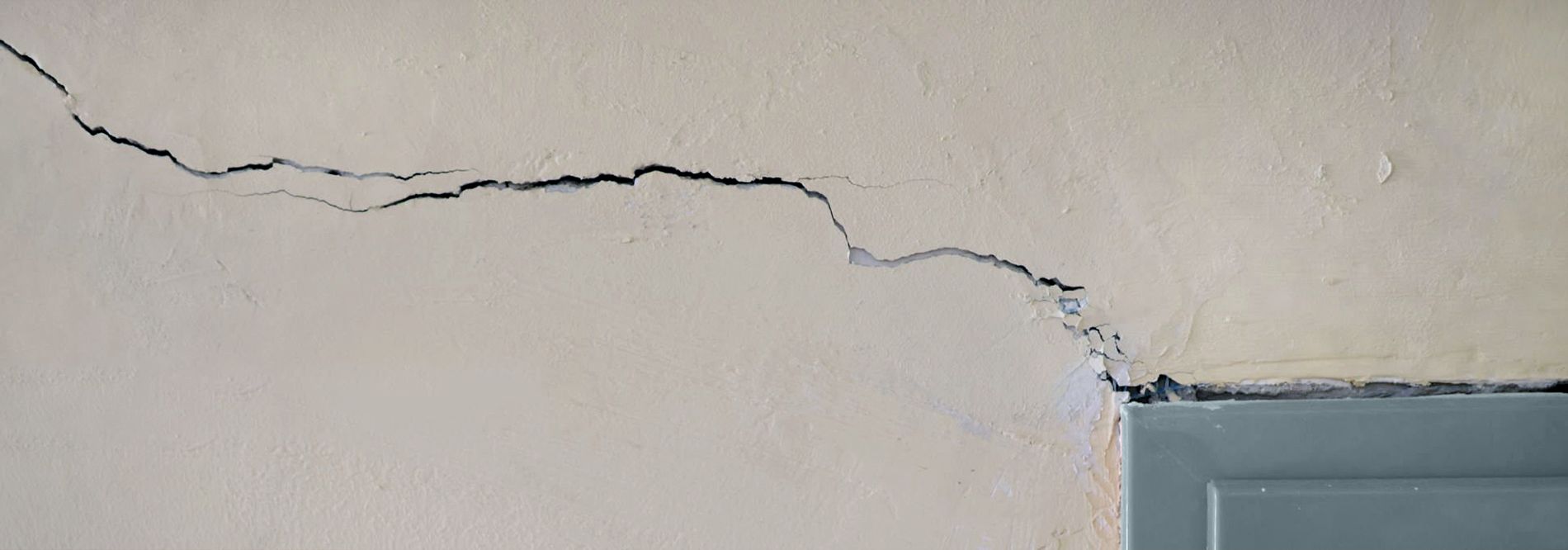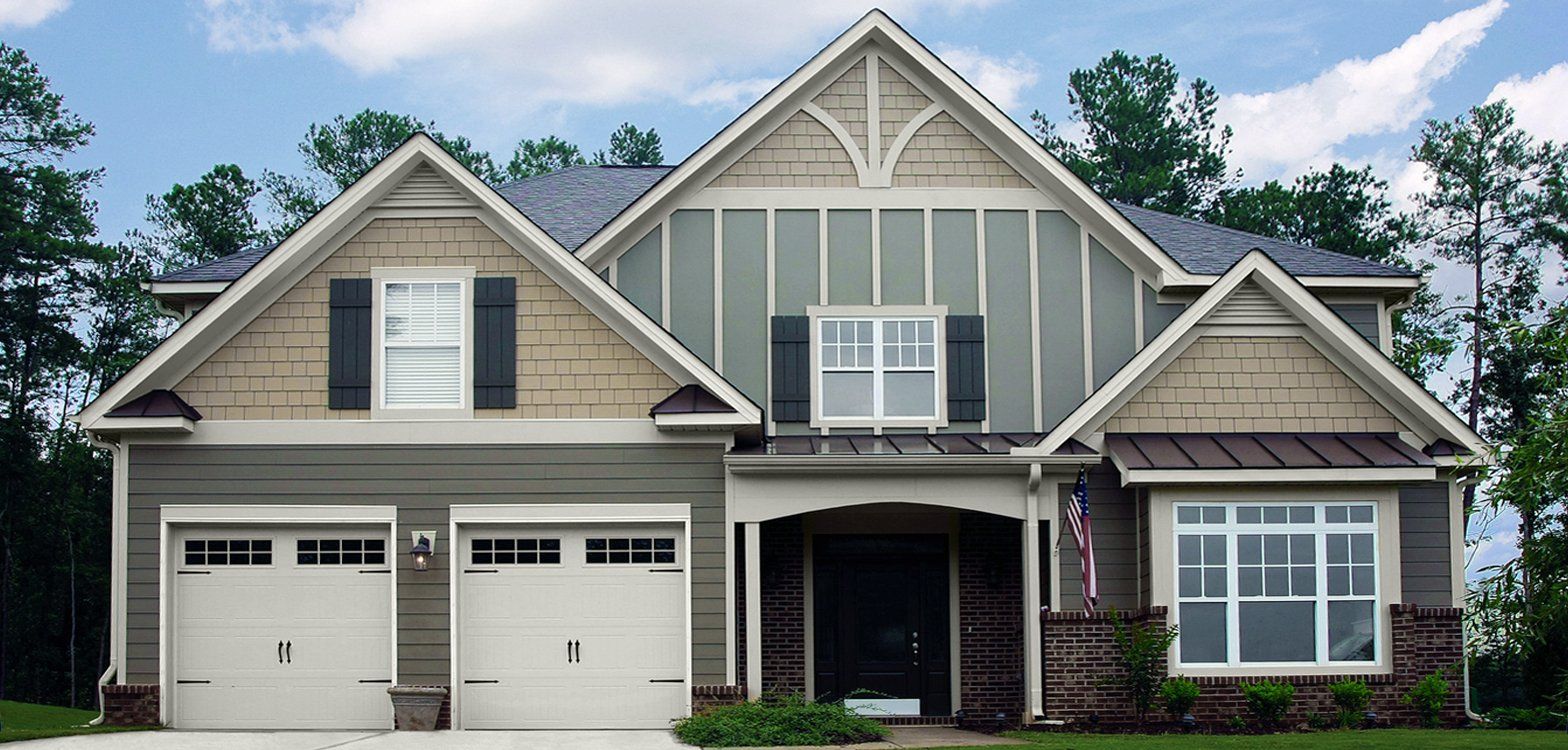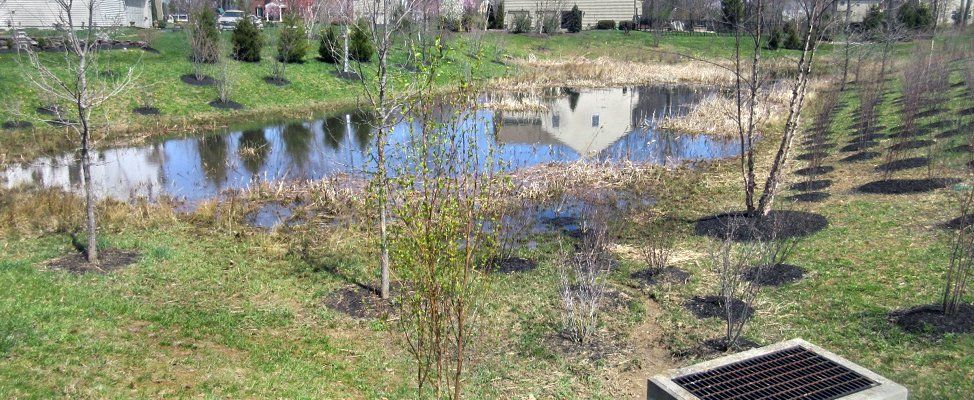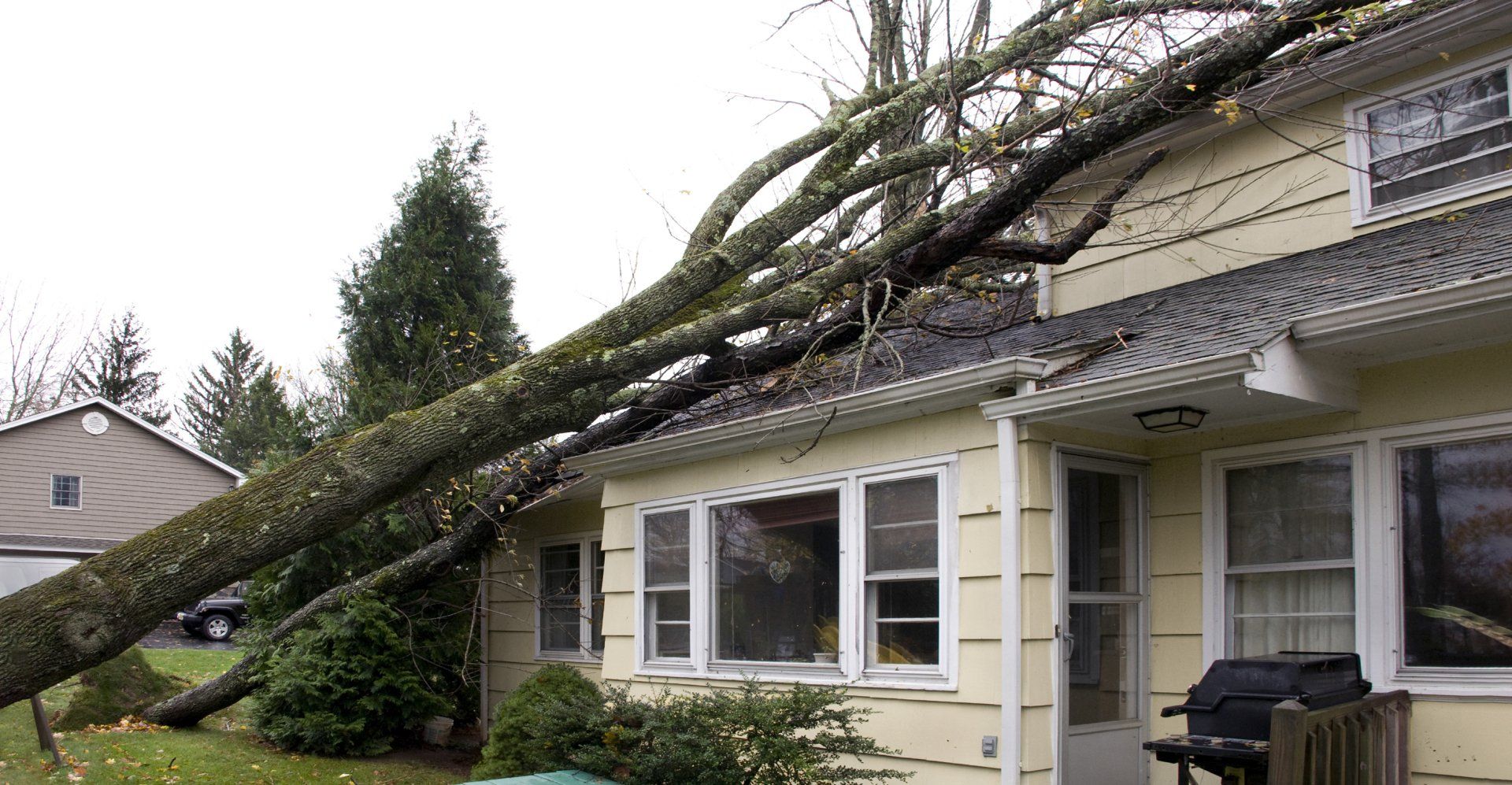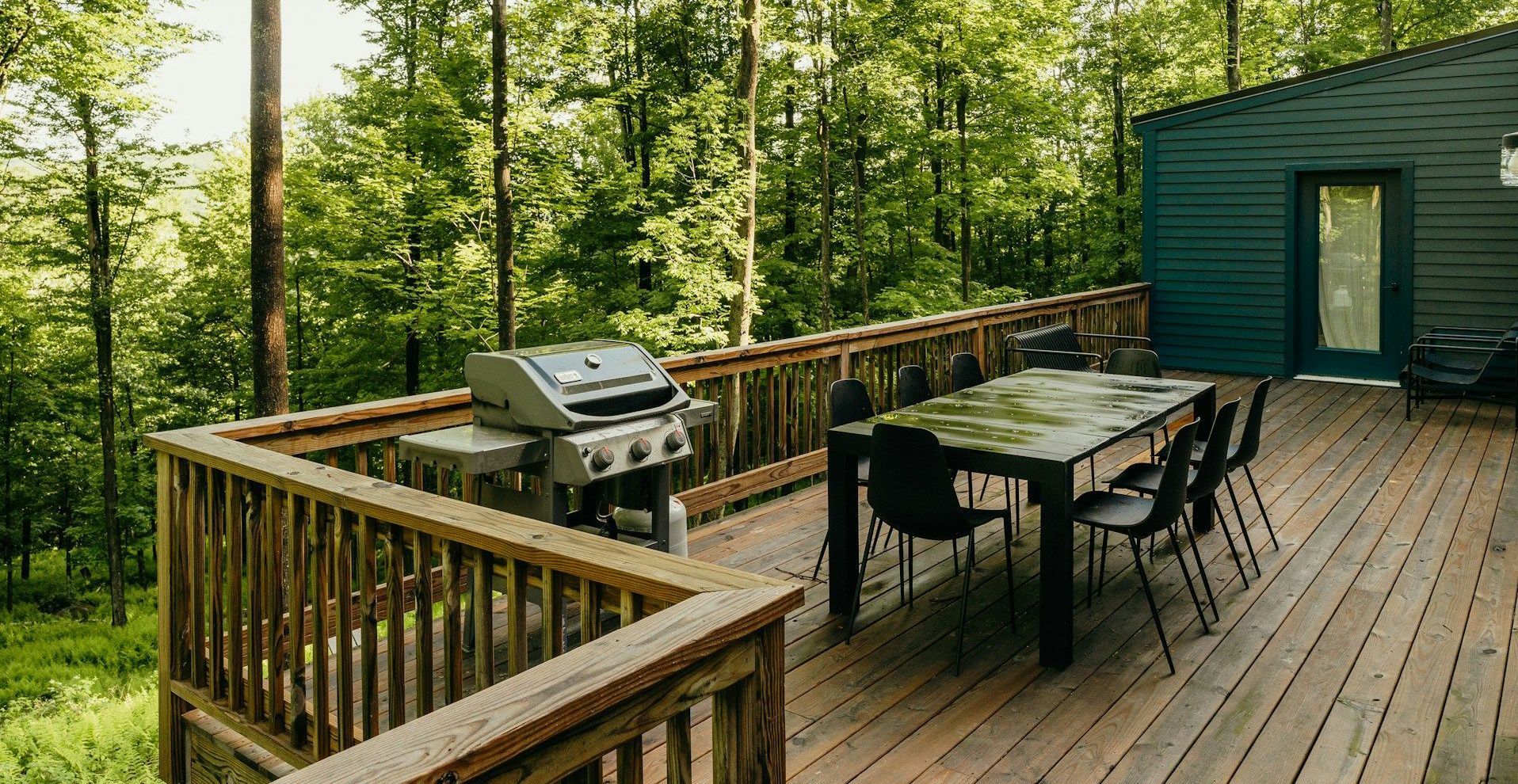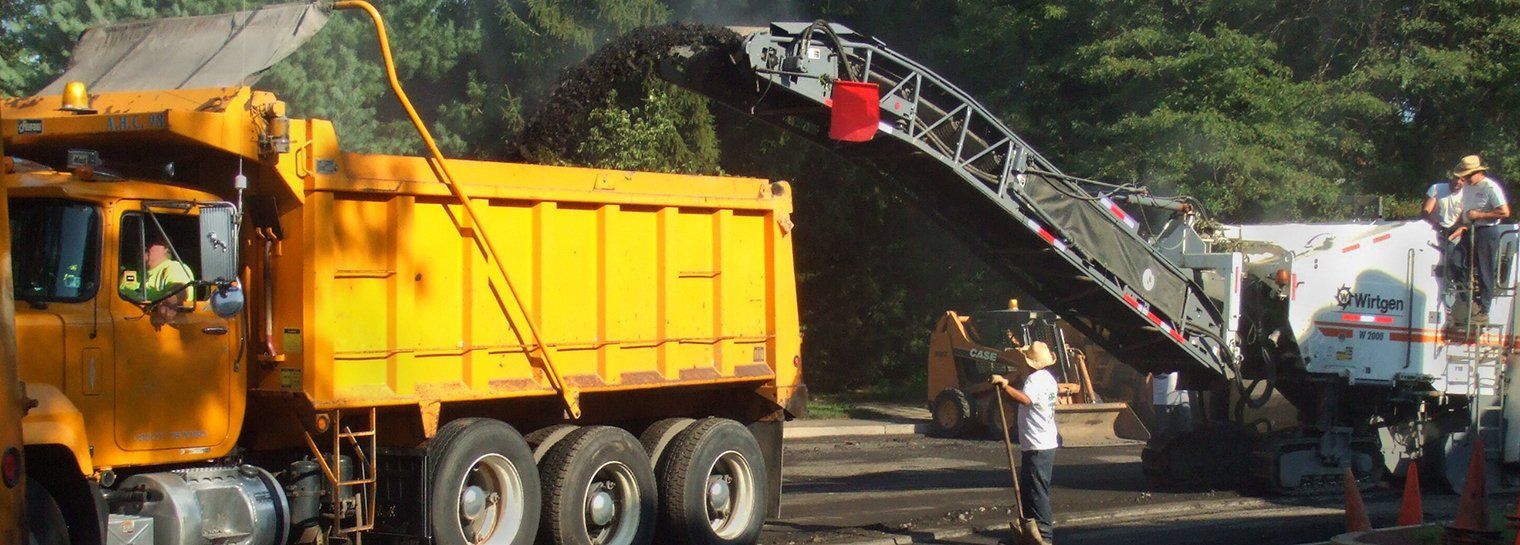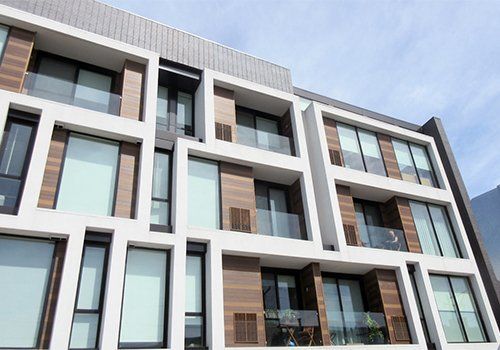ONE HUNDRED YEAR FLOOD – Is Your Home Protected?
Changing Climate Patterns Create Uncertainty
Does it feel like every spring is declared to be the wettest on record? Does it seem that you’re always hearing about another potential 100-year flood event? Since weather patterns are rapidly shifting due to the impact of global climate change, the amount of stormwater flooding is increasing. Images of flood-damaged transportation infrastructure, residential neighborhoods and commercial properties are familiar scenes reported in the news.
What is a 100-Year Flood?
Contrary to popular belief, “100-Year Flood” does not refer to a flood that happens every century. Rather, the term describes the
statistical chance
that a flood of a certain magnitude will occur over a 24-hour period, in a certain area, once in 100 years. It is also accurate to say that a 100-Year Flood has a 1% chance of occurring in a given year, and those living in a 100-year floodplain have a 1% chance of being flooded each year. Since this is related to chance, the odds reset each year, meaning that a 100-year flood could happen in the same area two years in a row.
Individual, Community & Environmental Importance
One hundred years is a commonly reported recurrence interval that is used for ease of statistical communication. This basis provides a standard for risk assessment but does not mean that a 100-year flood will only take place once every century. Instead, it means that data from stream gauges in the area have been averaged over a long period of time for civil engineers and insurance companies to determine how likely it is a region will flood. Infrastructure is designed with these risk assessments in mind.
Assessing Your Own Risk
If a 100-year flood has already occurred in your lifetime, it can still happen again. Over a 30-year interval, a home in a 100-year floodplain has a 26% chance of being flooded at least once. For this reason, homeowners on 100-year floodplain are required to purchase flood insurance. Different locations along various bodies of water have their own 100-year flood magnitudes. Flood insurance policies have different coverages depending on these types of floodplains on which a house is located.
Protect Your Home From Flood Damage
The best way to protect your home from flooding events is to take extra precautions. You have many flood mitigation options as a homeowner. As you begin to think about which might be the best for you and your home, consider following these key first steps:
- KNOW YOUR RISK: Learn more details about your home’s level of flood risk, including the type of flood zone it is in and, if available, the potential flood elevation at FEMA Flood Map Service Center.
- INSURE YOUR PROPERTY: Even if your home is in a low or moderate risk flood zone, purchasing a flood insurance policy is highly recommended.
REDUCE THE RISK TO YOUR PROPERTY
Consider which of the following methods are most appropriate based on your home’s situation and create a plan to mitigate your risk:
EXTERIOR AREAS OF YOUR PROPERTY:
- Maintain proper water runoff and drainage by cleaning and maintaining gutters, downspouts, and splashpads. Also, make sure that any nearby drainage ditches or storm drains are clear of debris.
- Reduce impervious surfaces around your home which can help reduce sewer overflows by decreasing stormwater runoff. Creating and maintaining natural green spaces such as rain gardens, vegetated swales, or pervious pavements allow more water to be absorbed by the ground.
- Elevate air conditioning condensers, heat pumps, water meters and other service equipment at least 1 foot above the potential flood elevation to prevent significant damage and disruption following a flood event. Anchor outdoor fuel tanks with ground anchors.
INTERIOR AREAS OF YOUR PROPERTY:
- Protect your valuable possessions by moving important documents to a safer location well above the potential flood elevation and/or inside watertight containers.
- Seal your foundation and basement walls. Make sure any floor drains are clear of obstructions.
- Install a sump pump (with battery-operated backup) which extracts groundwater basement seepage and flooding and directs it away from the structure through drainage pipes.
- Prevent sewer backups by installing drain plugs or backflow valves for all basement floor drains.
- Raise electrical system panels and all outlets, switches, and wiring to at least 1 foot above the potential flood elevation.
- Raise the HVAC systems by moving them to a higher floor or the attic.
- Raise major appliances such as washers, dryers, and hot water heaters above the ground floor. If relocation is not possible, protect equipment in place using low floodwalls and shields.
- Install a flood alert system to be warned of imminent flooding so that you can take preventative or protective actions before extensive damage occurs.
IMMEDIATE FLOOD PREPAREDNESS:
- Take actions before an expected flood event to reduce damage to your home.
- Activate flood protection devices (sump pumps, backflow valves, etc.).
- Shut off electricity at the breaker panel.
- Deploy temporary flood barriers such as portable flood gates or shields, sandbags, inflatable floodwalls, and flood skirts.
- Clear snow and ice away from foundations.
Regular Inspections Protect Your Home & Protect the Environment
Unfortunately today, poor construction techniques are the main culprit of water penetrating a home or building. Good building materials are available on the market and when they are applied correctly, the chances of water entering a home diminishes drastically. With experience, ingenuity, and BUSTAMANTE ENGINEERS structural inspection services, one doesn’t have to wonder if the property will be wet or not.
Overall, stormwater facilities are needed to protect the environment and prevent downstream flooding, but without proper maintenance, there can be a risk. BUSTAMANTE ENGINEERS can mitigate this risk by performing
Stormwater Management Evaluations
at least two times per year and after intense storms.
Click to contact us online or call 215-340-6990 to find out how we can help you today!
SHARE CONTENT
Bustamante Blog
